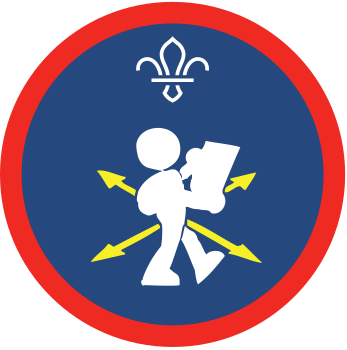Decode the countryside
You’ll need
- A4 paper
- Coloured pens or pencils
- Camera or phone
Before you begin
- Plan a route for your walk. Make sure it isn’t too long, is accessible for everyone, and try to include things relevant to the code.
- If you’re not able to get out to the countryside, why not go for a walk around a local park or green space?
Time to walk
- Everyone should remind themselves of their relevant Countryside Code.
- Everyone should go on a walk – the person leading the activity should have planned the route already.
- As they walk, everyone should look for examples of where the code has been followed, or where it has been ignored. Have people followed signs about leaving gates open or closed? Are there wild flowers which people have left alone for others to enjoy?
- When people spot an example of the code being followed or ignored, they should pause and record it. They may want to write it down, draw a picture, or take a photo.
- When they get back, everyone should split into groups.
- People should take it in turns to show their group the pictures they drew, lists they made, or photos they took. The rest of their group should try to guess which part of the code is being followed or ignored.
Reflection
This activity helped you to value the outdoors. Did you enjoy being outside during this activity? Did you feel connected to the natural environment? Would you be able to enjoy being outside if no one followed the code? Why is the code important for nature?
This activity was also a chance to be active. Did you enjoy being active during this activity? Is walking something you enjoy? What makes walking more or less fun? Would you like to spend more time walking? What motivated your group to continue if anyone started to feel tired?
Safety
All activities must be safely managed. You must complete a thorough risk assessment and take appropriate steps to reduce risk. Use the safety checklist to help you plan and risk assess your activity. Always get approval for the activity, and have suitable supervision and an InTouch process.
- Hiking and walking
Follow the guidance for activities in Terrain Zero, or the guidance for each the adventurous activity.
- Outdoor activities
You must have permission to use the location. Always check the weather forecast, and inform parents and carers of any change in venue.
- Phones and cameras
Make sure parents and carers are aware and have given consent for photography.
When they find examples of the code being ignored, everyone could think about whether there’s anything they can do to help. Could they pick up some litter? Could they follow signs and shut or open gates? People could also discuss this in their groups in step six.
Plan a route of an achievable length on suitable terrain. If anyone in your group has additional needs for access, plan a route which is accessible for them. The aim is to learn about how to look after the countryside, not have a challenging walk.
All Scout activities should be inclusive and accessible.
You could combine this activity so it also meets other requirements of the Cub Naturalist Activity Badge, for example, by identifying living things, picking edible berries, or revisiting the same area at least four times over three months.
You could also use this activity to work towards the Photographer Activity Badge, especially the second requirement of taking five photos of your local area.
This activity could also be used to introduce the Local Knowledge Activity Badge, or to work towards requirements like gathering material to make a poster, or creating a map of your area.


